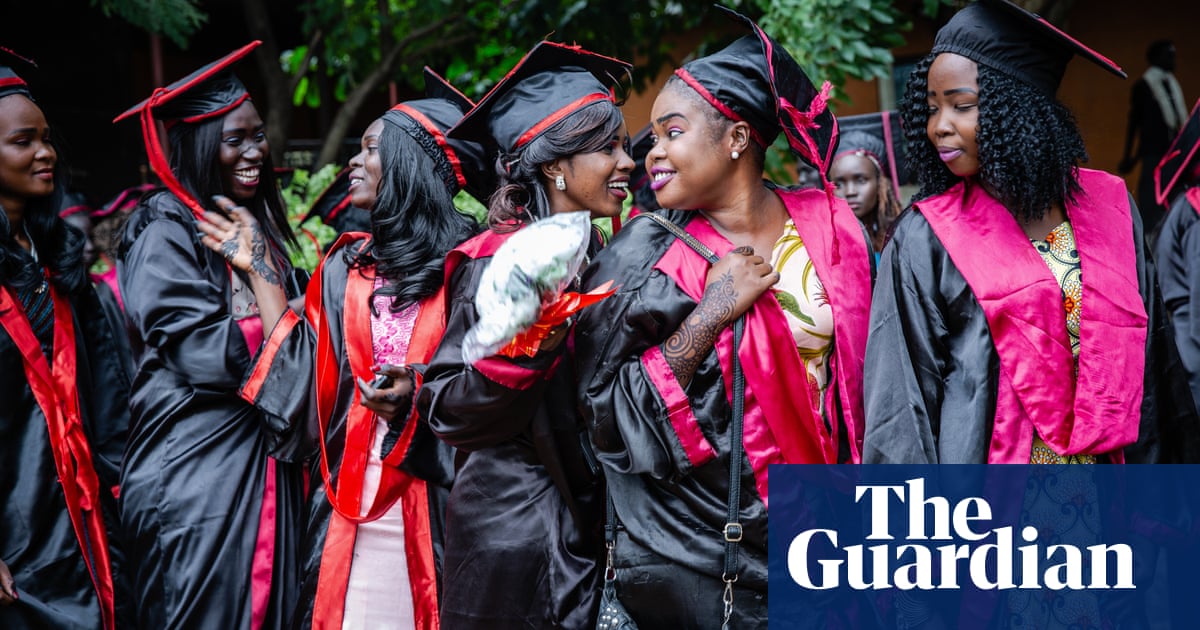
Just as Beirut is described by many as the “Paris of the Middle East,” it would not be wrong to refer to Sarajevo as the “Beirut of Europe.”
Both Lebanon and Bosnia-Herzegovina endured wars that were religiously/ethnically motivated, experienced similar types of pain and are now trying to recover and look to a hopeful future after all the tragedy. There are a number of other parallels between the two countries: They are located at the hearts of the Middle East and Europe respectively, and their political spheres are fragmented along national and religious lines.
I had the opportunity this year to spend the Eid Al-Adha holiday in Bosnia, a multicultural Muslim-majority country with 500 years of history, rooted in the heart of Europe. On one street you can find mosques, with their towering minarets and muezzins reciting the call to prayer, while on another you see Catholic and Eastern Orthodox churches, where the sound of ringing bells echoes around the mountains of the city. Because it remains such a melting pot of religions, Sarajevo has earned another nickname: The “Jerusalem of Europe.”
On the first day of Eid, a huge “Bajram” concert was staged in the old town, at which people of all religions gathered. On one street people were cheering the performers, on another they were drinking beer. During the day, you see people sipping coffee and enjoying shisha in fancy cafes, yet close by you find sobering reminders of the horrors that the country endured, as you walk past remnants of a war that killed more than 100,000 people.
In the mid-1990s, Bosnians experienced one of the bloodiest conflicts of the 20th century, and a visit to the country can help one understand more about the unbearable experiences of the people during those terrible years. Although the country is striving to heal the wounds caused by the war, it will never be forgotten. On many streets, there are numerous reminders, including monuments and museums not only to that most recent conflict, but to other wars that affected the country.
Bosnia shows us that honoring the past does not have to mean living in it. More than two decades after enduring the darkest moments in Sarajevo’s history, the city now stands proud amid all its natural beauty, welcoming many international visitors.
Sinem Cengiz
There is, for example, a memorial to the children killed during the siege of Sarajevo in the 1990s, and the Museum of Crimes Against Humanity and Genocide 1992-1995. There is also the famous eternal flame memorial to the victims of the Second World War. In addition, the city was, of course, the location of the incident that triggered the First World War, when Archduke Franz Ferdinand was assassinated near Sarajevo’s Latin Bridge.
Visitors will also notice the cemeteries. A lot of them. On almost every hill you can find graveyards and tombstones, so many that I grew confused as I tried to find the grave of Alija Izetbegovic, the founding leader and first president of Bosnia and Herzegovina. When I asked a taxi driver in which cemetery he is buried, she replied: “There are a lot of cemeteries in this country. I don’t know which one you mean.”
Keeping the memories alive of the horrors of war endured by countries such as this is a significant factor in preventing further genocides and massacres in the future. This is especially true in the current climate, in which nationalism and racism are on the rise in many places. As is written at the entrance to one of the museums in Sarajevo: “It is significant for every human to learn what hate can do to other humans. Without learning this we are prone to allow it to happen again and again.”
This is so true. We can see what is happening in our Middle Eastern neighborhood, in countries such as Syria, Iraq and Libya. Will we one day see life returning to normal in those countries, as we can in Bosnia?
Bosnia shows us that honoring the past does not have to mean living in it. More than two decades after enduring the darkest moments in Sarajevo’s history, the city now stands proud amid all its natural beauty, welcoming many international visitors. Tourism has sharply grown, and the city has in particular become an increasingly popular destination for tourists from Saudi Arabia and other Gulf countries. There has also been a considerable increase in investment from the Gulf in the country as it continues to develop. For Gulf Arabs, Bosnia offers natural beauty and simplicity. Turks comprise the next-largest tourist market after Gulf Arabs.
Despite the growing number of tourists, however, the country falls short in its service sector because of a lack of experience. It applied for EU membership in February 2016, but Bosnians have a long way to go before they will be able to implement the economic and political reforms required to join. These reforms would help to improve the service sector, including hotels, transportation and restaurants.
In addition, the country’s struggling economy and complicated post-war political structure — a three-way presidency shared by a Bosniak (Bosnian Muslim), a Serb and a Croat — have forced many young Bosnians to seek opportunities overseas.
A Bosnian architecture student I met in the Gulf, for example, said he was seeking an opportunity in this region because of the devastating economy in his home country, which does not offer much hope to the nation’s youth.
However, as in every country, there are still those who are optimistic that better times lie ahead. Bosnia-Herzegovina faces both challenges and opportunities, and it offers the world important lessons about how a country can recover after a horrific war. My visit to Bosnia made me hopeful that one day perhaps we will see stability in Syria, Libya and Iraq, too.











